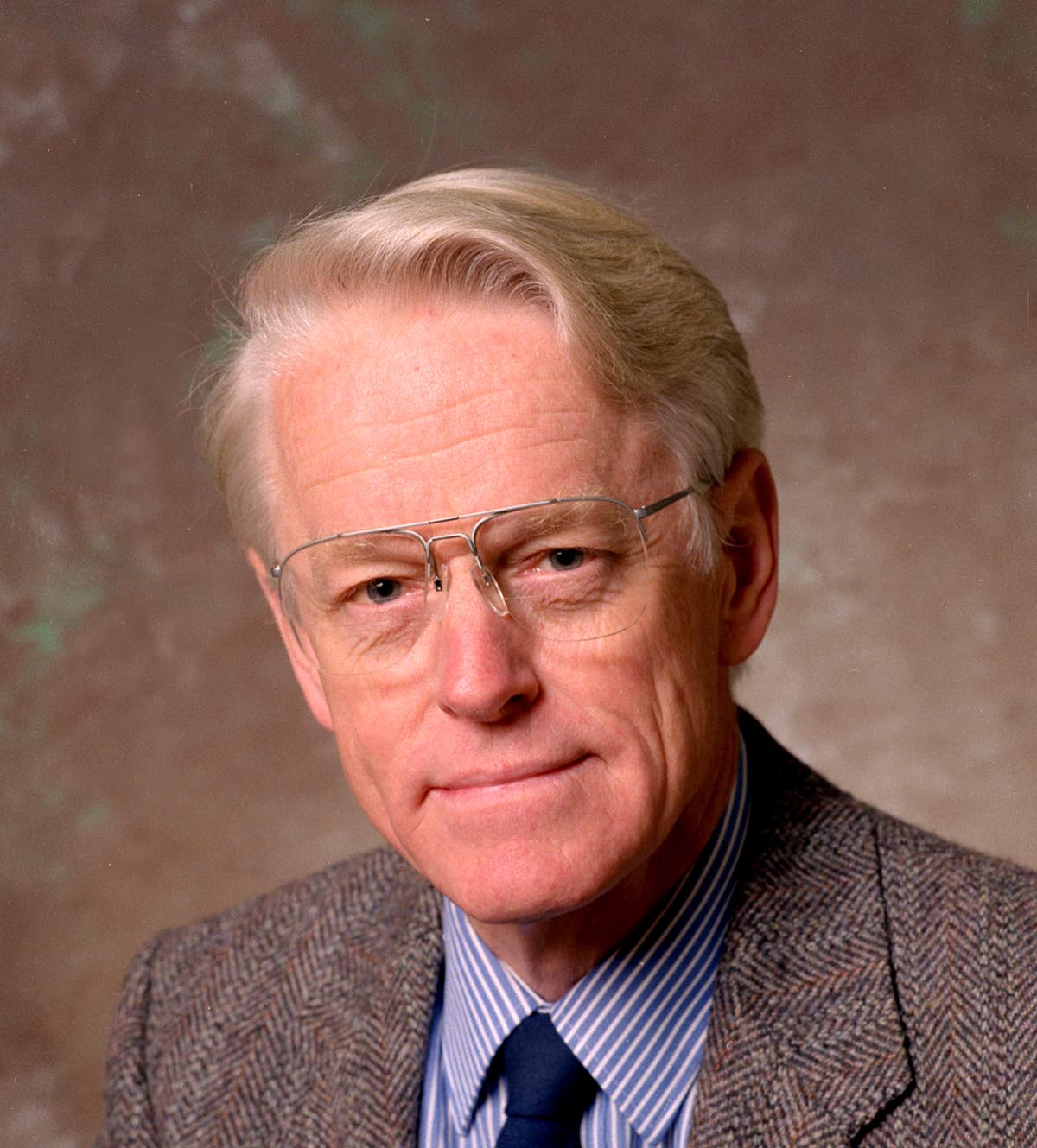Paul Richards received his B.A. in 1956 from Harvard and his Ph.D. in 1960 from Berkeley. After a postdoctoral fellowship at Cambridge University he did physics research at the Bell Telephone Laboratories. He joined the Physics faculty at Berkeley in 1966. Richards has been a visiting scientist at Cambridge University, the Max Planck Institutes for Solid State Physics at Stuttgart and Radio Astronomy at Bonn, the Ecole Normale Superieure in Paris, the University of Paris, the Paris Observatory, and the University of Rome. With students and collaborators, Richards has published more than 300 papers on infrared and millimeter wave physics, including the development of measurement techniques, especially new detectors, and the application of these techniques to many physical problems. Problems studied include superconductivity (energy gap measurements, Josephson effect, detectors), magnetic resonance, biophysics, surface science and especially, measurements of the Cosmic Microwave Background Radiation. Richards has contributed to the development of important detectors and mixers for the millimeter and submillimeter bands. He invented and developed the SIS quasiparticle heterodyne mixer, the stressed Ge photoconductor, and generations of composite bolometers with metal film absorbers. His team made the first balloon observations with 3He-cooled bolometers. He first proposed the miniature adiabatic demagnetization refrigerator for cooling bolometers and made the first astronomical measurements with 100 mK bolometers. Richards is a member of the National Academy of Sciences and the American Academy of Arts and Sciences. He has received fellowships from the Alexander von Humboldt Foundation, the J.S. Guggenheim Memorial Foundation, and three times from the Adolph C. and Mary Sprague Miller Institute for Basic Research in Science. He was named California Scientist of the Year in 1981, and Berkeley Faculty Research Lecturer in 1991. He received the Button Prize of the Institute of Physics (UK) for Outstanding Contributions to the Science of the Electromagnetic Spectrum in 1997, the Frank Isakson Prize of the American Physical Society for Optical Effects in Solids in 2000, the Dan David Prize for Cosmology in 2009, the 2009 IEEE Medal for Applied Superconductivity, the 2011 Medal of the Schola Physica Romana and the Tomassoni Prize of the University of Rome for Cosmology and the Cocconi Prize of the European Physical Society for Particle Astrophysics in 2011.
Research Interests
My research has developed measurement tools for the far infrared to millimeter wave spectral range and used these tools to work on the most interesting accessible physical problems. I retired in 2004 and now hold an appointment as Professor of the Graduate School at Berkeley. I continue to work with the group that I started in 1966, which is now led by Professor Adrian Lee.
Current Projects
The Lee/Richards group has developed superconducting transition edge bolometers with SQUID readouts. We have produced arrays of such bolometers by optical lithography and developed multiplexed readouts to minimize the number of amplifiers required. Receivers with arrays of up to 1000 bolometers have been deployed on the APEX-SZ telescope in Chile and the South pole Telescope where they are being used to map the sky at millimeter wavelengths to search for clusters of Galaxies using the Sunyaev-Zeldovich effect. The goal is to provide a catalog of many thousands of such clusters with redshifts and mass estimates. Such data will enable studies of dark energy and the development of structure in the universe.
The polarization anisotropy of the CMB is expected to provide evidence for the emission of gravity waves at the time of inflation and test cosmological models on the GUT energy scale. The Lee/Richards group is developing arrays of antenna coupled dual polarization bolometers for such measurements. In collaboration with the University of Minnesota, the MAXIPOL balloon measurement of the polarization anisotropy of the CMB has just been completed. A very powerful ground based polarization anisotropy experiment called Polar BEAR is under construction, which will be fielded first in California and then in Chile.
Publications
S. Hanany, P. Ade, A. Balbi, J. Bock, J. Borrill, A. Boscaleri, P. de Bernardis, P.G. Ferreira, V.V. Hristov, A.H. Jaffe, A.E. Lange, A.T. Lee, P.D. Mauskopf, C.B. Netterfield, S. Oh, E. Pascale, B. Rabii, P.L. Richards, G.F. Smoot, R. Stompor, C.D. Winant, J.H.P. Wu, MAXIMA-1: A Measurement of the Cosmic Microwave Background Anisotropy on Angular Scales of 10' to 5°, Ap. J. Lett.545, L5 (2000).
J. Zmuidzinas and P.L. Richards. Superconducting detectors and mixers for millimeter and submillimeter astrophysics. Proc. IEEE 92, 1597-1616 (2004).
M.J. Myers, P. Ade, G. Engargiola, W. Holzapfel, A.T. Lee, R. O’Brient, P.L. Richards, A. Smith, H. Spieler, and H. Tran. Antenna-coupled bolometer arrays using transition-edge sensors. In Millimeter and Submillimeter Detectors for Astronomy II, J. Zmuidzinas, W.S. Holland, and S. Withington (eds.). Proc. SPIE, Vol. 5498, pp. 95-102 (2004).
P.L. Richards and C.R. McCreight. Infrared detectors for astrophysics. Physics Today 58, 41 (2005).
T.M. Lanting, H.-M. Cho, J. Clarke, W.L. Holzapfel, A.T. Lee, M. Lueker, P.L. Richards, M.A. Dobbs, H. Spieler, and A. Smith. Frequency-domain multiplexed readout of transition-edge sensor arrays with a superconducting quantum interference device. Appl. Phys. Lett. 86, 112511 (2005).
M.J. Myers, W. Holzapfel, A.T. Lee, R. O’Brient, P.L. Richards, H.T. Tran, P. Ade, G. Engargiola, A. Smith, and H. Spieler. An antenna-coupled bolometer with an integrated microstrip bandpass filter. Appl. Phys. Lett. 86, 114103 (2005).
M. Dobbs et al., “APEX-SZ First Light and Instrument Status,” New Astronomy Reviews 50, 960 (2006).
